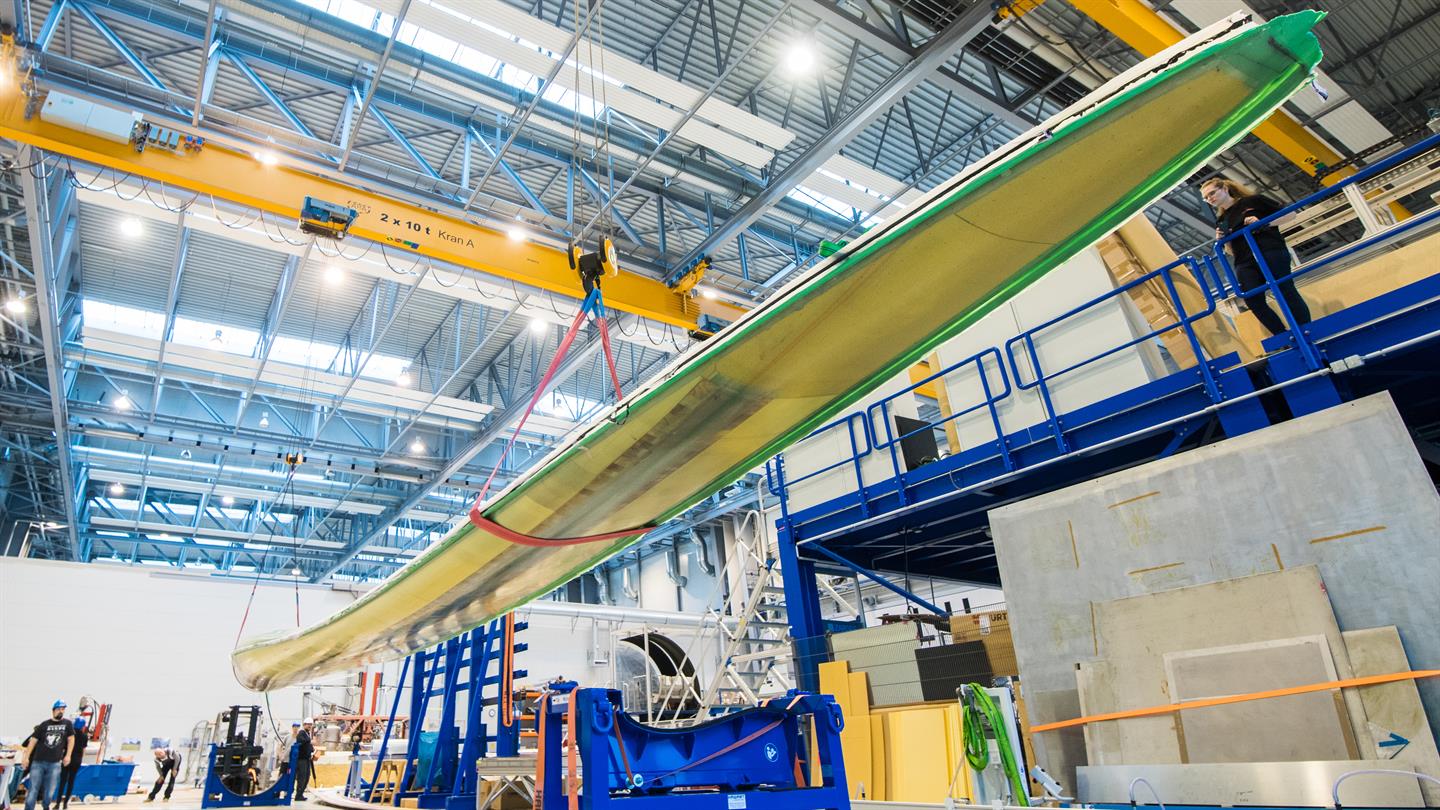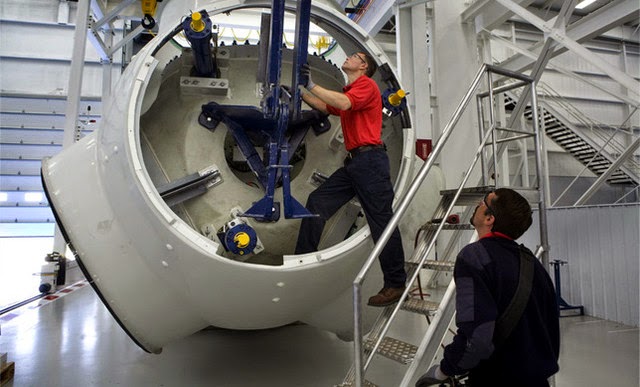France recently launched its first floating wind turbine. The new turbine is called Floatgen. It is near the country’s western coast. Makers of the turbine say it is able to provide electricity for as many as 5,000 homes.
It also is France’s first attempt at offshore wind energy: electricity produced by turbines located in the ocean. The project cost $29.5 million.
A number of European businesses and research groups are supporting the Floatgen Project.
Bruno Geschier is head of sales and a marketing manager for Ideol, the company that coordinated the project.
He said the next step is to produce offshore wind farms. The goal, he said, is 50 much larger offshore turbines that are able to provide electricity to hundreds and thousands of people.
Geischier predicts that this might happen in less than 10 years because France is trying to decrease the country’s dependence on nuclear power.
Based in Brussels, Belgium, the industry group WindEurope predicts France will become Europe’s second biggest wind energy producer by 2030. Germany would remain the largest producer.
Currently, wind power produces about 4 percent of France’s electricity.
Pierre Tardieu is WindEurope’s Chief Policy Officer. He said that renewable energy, such as wind, is not only good for the planet. Today, it is much less costly than it used to be.
“This is true for France of course, but it is also true for Europe as a whole,” he said.
Leadership hopes
Increasing wind energy also fits with President Emmanuel Macron’s aim of helping lead efforts to limit the rise of world temperatures.
Last Tuesday, Macron’s government held an international meeting on climate financing. The meeting took place two years after the Paris Agreement on climate change was signed in the French capital.
Many European Union (EU) countries say they will likely meet the EU goal of getting 20 percent of their energy from renewable sources by 2020. They may also increase their renewable energy goals for 2030.
But such goals remain hard to reach. France, for example, is one of several EU members not expected to reach the 2020 goals.
In addition, French environment minister Nicolas Hulot in November delayed a 2023 deadline for reducing the nation’s dependence on nuclear power. Currently, nuclear energy provides 75 percent of France’s electricity. The 2023 goal was to decrease that number to 50 percent. Hulot said the deadline could not be met.
Germany is a strong producer of renewable energy, but it also depends on fossil fuel. The country gets 40 percent of its energy from coal while wind and solar provide 30 percent.
The greater dependence on coal is partly the result of Germany’s reduction of nuclear power which still provides 30 percent of the country’s electricity.
With Floatgen, France hopes to go from being one of the EU’s slow movers to a wind power leader.
“I think that the French government understands that it’s not possible in the world today to continue just with nuclear power,” said Green Party Senator Ronan Dantec.
He said nuclear power is very expensive. Having a plan for renewable energy, he added, is important for industry in France and for the country’s future electricity needs.
Powering the oceans
Today, France is one of a few countries testing the use of floating wind turbines. The technology uses wires attached to the ocean floor and can be deployed in deeper waters than non-floating offshore turbines. This helps to make use of deep ocean winds — which are often stronger and more continuous than winds on the coast.
Other countries are also moving forward with floating, offshore turbines. In October, Britain launched the world’s first floating wind farm off of the coast of Scotland. The farm can provide electricity for up to 20,000 homes.
“We’re late — let’s be honest,” said France’s Junior Environment Minister Sebastien Lecornu during Floatgen’s launch in Saint-Nazaire.
Yet France is seeking to catch up.
“We have everything it takes to make this region big in terms of building wind turbines, both on land and offshore,” said Regional Council Vice-President Paul Jenneteau. He notes that the Floatgen turbine alone created 70 jobs.
“Imagine offshore wind farms here,” he added.
WindEurope’s Tardieu agrees, predicting Europe’s wind industry will generate more than 500,000 jobs by 2030, more than double today’s numbers.
Blades can be produced in Portugal and turbine structures in Poland, he said. Belgium can make the equipment boxes.














